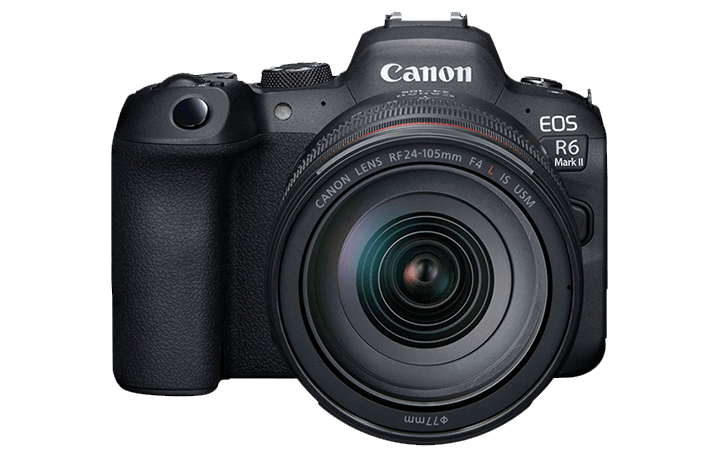In a pretty rare occurence, USD pricing for the Canon EOS R6 Mark II and Canon RF 135mm f/1.8L IS USM have leaked ahead of the official announcement.
The Canon EOS R6 Mark II will launch at the same price as the Canon EOS R6 at $2499 USD. There is also a version of the Canon EOS R6 Mark II for stop motion animation, that will cost an additional $100 with the firmware already installed.
The new Canon RF 135mm f/1.8L IS USM will launch at an expected $2099 USD.
Along with the new camera and lens, we're also going to get a new flash, the Speedlite EL-5, which will be $399 at launch.
Launch prices for the new gear:
- EOS R6 Mark II Body: $2499
- EOS R6 Mark II RF24-105mm f/4L IS USM Lens Kit: $3599
- EOS R6 Mark II RF24-105mm f/4-7.1 IS STM Lens Kit: $2799
- EOS R6 Mark II Body with Stop Motion Animation Firmware: $2599
- Canon RF 135mm f/1.8L IS USM $2099
- Canon Speedlite EL-5 $399
Canon EOS R6 Mark II Specifications
- 24mp Full-frame CMOS Sensor
- Dual Pixel RAW / RAW burst
- Dual Pixel CMOS AF
- In-body stabilization
- Digital Tele-Converter
- 12fps Mechanical
- Hybrid Auto
- 4K 30p (No Crop)
- 4K 60p (Cropped. The EOS R6 is a 1.1x crop)
- Canon Log 3/HDR PQ
- Cloud RAW processing
- RF/RF-S Lenses
- SD/SDHC dual card slot
- Not much change in the form factor over the original EOS R6
Some of our articles may include affiliate links. If you purchase through these links, we may earn an affiliate commission at no extra cost to you.


Thats lower than I expected. Original 135 f2 was kinda cheep but outstanding lens. Hope this will follow.
Must be new, but CR needs to clarify whether it's BSI and the DPAF is version II?
Full frame stacked sensors is a premium feature. The only way a full frame stacked sensor will make it's way down the product lineup is when there's a new tech at the top becoming the new premium feature, making stacked sensors "old tech" and then moving downwards to the lower tier bodies.
6d sensor are from the time when canon did not had on chip adc.
Nothing in the rumored specs ever looked like it was stacked sensor.
No 4K120, and 4k60 is with a crop?
Create a entirely new sensor with all the associated cost such as design, testing, fabrication, firmware development and setting up a new production line. A process that would cost millions and take many months if not years.
Or:
Just use the existing 24mp R3 sensor which has almost no upfront costs other than to expand the capacity of an existing production line. This also cuts development time massively. Then just limit features in firmware.
In pretty sure Canon would just go for option B